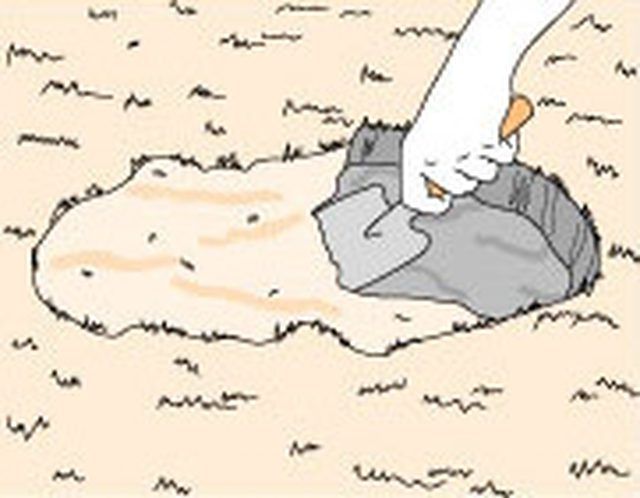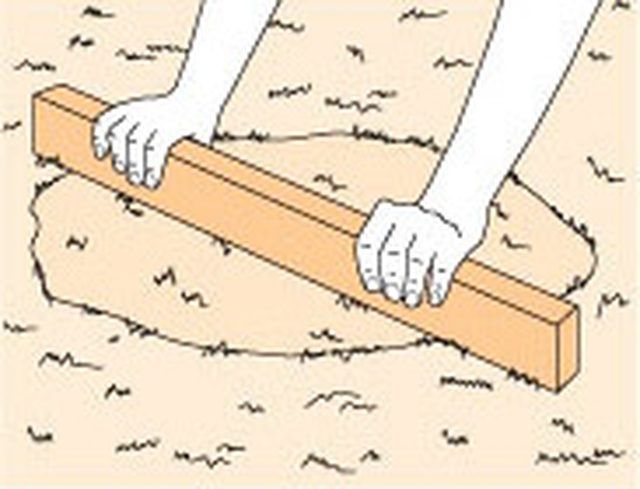Bulbs
Flower Basics
Flower Beds & Specialty Gardens
Flower Garden
Garden Furniture
Garden Gnomes
Garden Seeds
Garden Sheds
Garden Statues
Garden Tools & Supplies
Gardening Basics
Green & Organic
Groundcovers & Vines
Growing Annuals
Growing Basil
Growing Beans
Growing Berries
Growing Blueberries
Growing Cactus
Growing Corn
Growing Cotton
Growing Edibles
Growing Flowers
Growing Garlic
Growing Grapes
Growing Grass
Growing Herbs
Growing Jasmine
Growing Mint
Growing Mushrooms
Orchids
Growing Peanuts
Growing Perennials
Growing Plants
Growing Rosemary
Growing Roses
Growing Strawberries
Growing Sunflowers
Growing Thyme
Growing Tomatoes
Growing Tulips
Growing Vegetables
Herb Basics
Herb Garden
Indoor Growing
Landscaping Basics
Landscaping Patios
Landscaping Plants
Landscaping Shrubs
Landscaping Trees
Landscaping Walks & Pathways
Lawn Basics
Lawn Maintenance
Lawn Mowers
Lawn Ornaments
Lawn Planting
Lawn Tools
Outdoor Growing
Overall Landscape Planning
Pests, Weeds & Problems
Plant Basics
Rock Garden
Rose Garden
Shrubs
Soil
Specialty Gardens
Trees
Vegetable Garden
Yard Maintenance
How to Repair Bald Spots on Grass
How to Repair Bald Spots on Grass. No matter what caused your lawn to turn spotty or partially bald, fixing the damage is simple. First, buy seed, sod or plugs of the same variety as your current grass (or a close match). Then proceed as follows.
No matter what caused your lawn to turn spotty or partially bald, fixing the damage is simple. First, buy seed, sod or plugs of the same variety as your current grass (or a close match). Then proceed as follows.
Things You'll Need
Compost
Bulb Planter
Shovel Or Trowel
Spade Or Hoe
Straw Or Other Mulch
Wooden Board
Grass seed, sod or plugs
Remove weeds, dead grass, and other detritus from the injured area (see A).

In cases where dog urine, fertilizer burn, or a spilled substance such as gasoline caused the damage, flush the soil with water before you plant. Cultivate the soil to a depth of 6 to 8 inches (15 to 20 cm).
Spread about a 1/2-inch (12-mm) layer of compost on the surface and work it in well.
If you're using grass seed, sprinkle the seed over the area. Then tamp it lightly with the back of a spade or hoe so that the seed just makes contact with the soil.
Top the seeded spot with straw or other mulch, and water lightly. The soil surface should be kept moist, but not wet, until the seedlings are growing strongly. Then revert to your normal watering schedule.
If you're using sod, cut a piece that fits the cultivated area and set it into place. Then tamp the sod firmly to ensure good contact with the soil below. Keep the sod moist to the depth of the grass roots until the blades show active growth.
To replant with plugs, use a bulb planter to make holes 4 to 6 inches (10 to 15 cm) apart in staggered rows. Then set in the plugs. As with sod, keep the site well watered until you see active growth.
Whichever planting method you've used, lay a wooden board across the repaired spot to make sure the new grass is level with the rest of the lawn (see B).

Tips & Warnings
Seed is inexpensive and easy to keep on hand for patching. Sod gives instant results but costs more. With grasses such as St. Augustine or hybrid Bermuda that spread by runners, you must use sod or plugs.
Repair cool-season lawns in early fall. In warm regions, do the job in late spring.